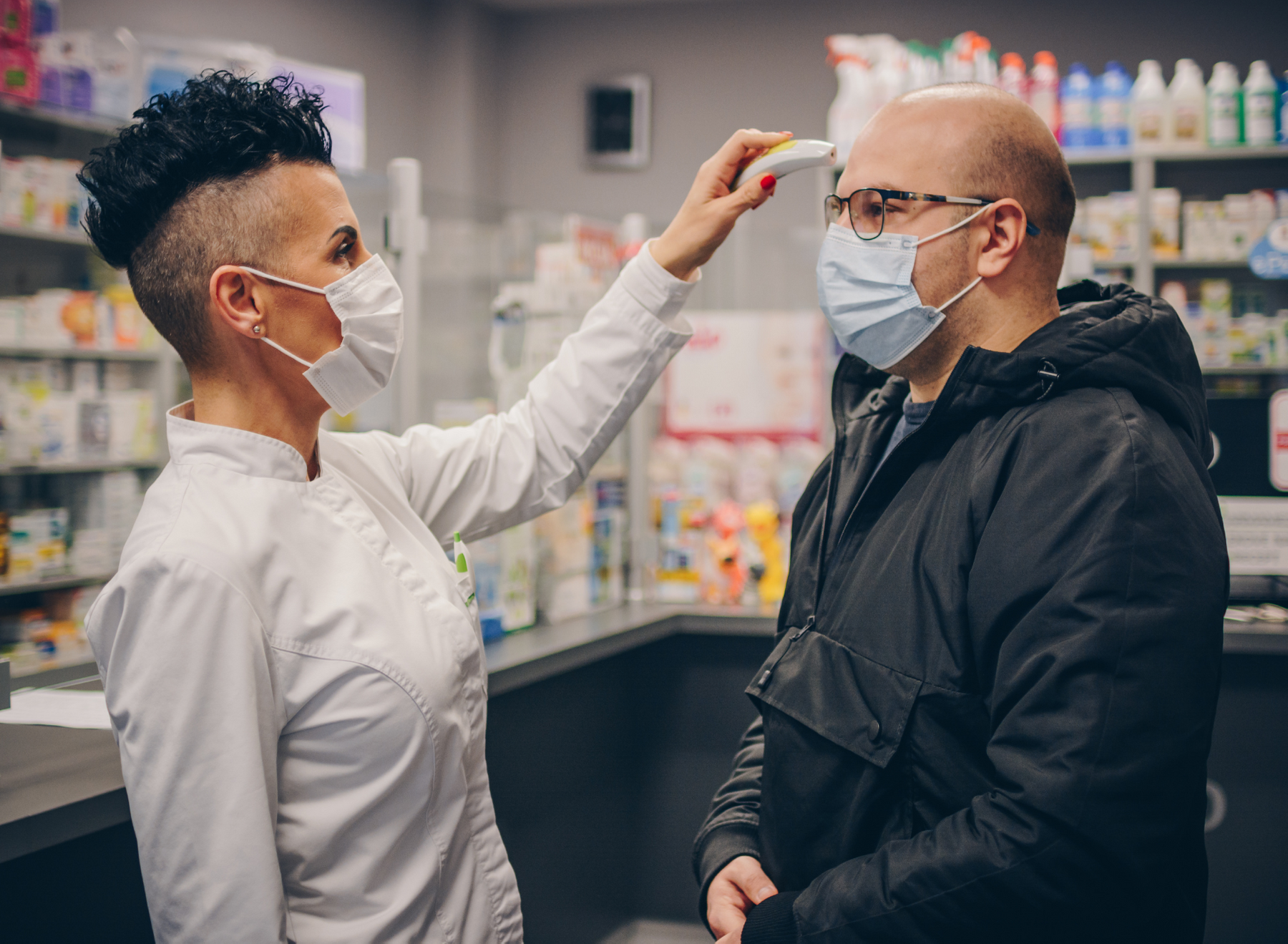Community Pharmacies Well Equipped for COVID-19 POC Testing, But Barriers Remain
Survey results suggest independent pharmacies may be better positioned than chains to offer COVID-19 POC testing to their patients.

The preliminary results of a recent survey showed that independent community pharmacies may be better positioned to implement COVID-19 point-of-care (POC) than chains, although strategies across the board could be improved.
The findings were presented during a poster presentation at the American Pharmacists Association (APhA) 2021 Annual Meeting and Exposition, which was held virtually March 12-15. Carrie Lynch, PharmD, PGY1 community-based pharmacy resident with the University of South Carolina College of Pharmacy and corresponding author of the poster, reported preliminary results of a survey conducted at a variety of pharmacies within the state of South Carolina.
Webinar: Improve Your Pharmacy's Workflow With Expanded Technician Roles
“Community pharmacies, and community pharmacists, are positioned perfectly to be sites and providers for point-of-care (POC) testing, as they are accessible and very trusted within the public eye,” Lynch said.
The poster highlighted a systematic review that showed the “lack of widespread availability of POC testing in pharmacies and hesitation to implement can delegitimize efforts in the eyes of other healthcare stakeholders,” according to the authors.
Researchers aimed to gain insight into independent community pharmacists’ attitudes toward POC testing in the pharmacy setting, as well as identify strategies for and perceived barriers to implementing a COVID-19 POC testing service in the pharmacy.
The ongoing study included 80 pharmacists in various settings—national chain, regional chain, supermarket, multi-store independent, and single-store independent—practicing in South Carolina who completed a 44-item survey over a 10-week timeline. The survey is a component of a larger study that is taking place at the University of South Carolina.
Of the survey respondents, 22 (21.2%) were single-store independent pharmacists and 17 (16.3%) owned multiple stores. The majority of respondents -- 37 or 35.6% -- have been practicing for more than 20 years; another 25 (24%) have been practicing between 10 and 19 years. Of the national chains, 2 possessed a Clinical Laboratory Improvement Amendments (CLIA) waiver, whereas 5 single-store independents and another 5 multi-store independents possessed CLIA waivers, according to the survey.
Investigators additionally determined pharmacists’ willingness to implement a COVID-19 POC testing program by analyzing perceptions on patient-related factors, testing follow-up, and operations-related factors. The study combined this information with whether the pharmacy could be considered to have “enhanced pharmacy status.” This was accomplished by confirming the presence of the Community Pharmacy Enhanced Services Network’s required services, which include:
- face-to-face service,
- medication reconciliation,
- medication synchronization,
- immunizations,
- comprehensive medication reviews, and
- personal medication records.
The study investigators used the Pearson correlation against these 2 variables to deduce a statistically significant correlation between the patient-related factors and testing follow-up categories of analysis.
Based on the survey data, the researchers outlined necessary considerations, duty allocations, and courses of action for the successful implementation of COVID-19 POC testing. Some of the most pertinent considerations pharmacists had were related to staff and patient safety and potential disruption to their existing workflows. As for duty allocations, pharmacists pointed to technicians, who would be responsible for marketing the service, screening and obtaining consent, and billing. Survey respondents also added that POC testing would require more responsibilities following the POC itself, such as contacting the patient and their primary care provider.
“Independent pharmacies do seem more equipped to conduct POC testing when compared to chain pharmacies based on CLIA waiver status alone,” Lynch said. “However, there is need to improve status across all practice settings.”
Furthermore, Lynch asserted the need for more effective strategies to implement COVID-19 POC testing in a way that does not impede normal workflow and encroach on pharmacists’ day-to-day responsibilities. “This was the biggest concern for pharmacists within this study,” Lynch concluded.
Visit Total Pharmacy®, brought to you by Drug Topics®, for resources related to the practice of independent pharmacy.
Reference
- Lynch CL, Fabel PH, Hasting TJ, et al. Pharmacist perceptions and willingness to initiate COVID-19 point-of-care testing in an independent, community pharmacy setting. Presented at: APhA2021 Annual Meeting & Exposition; virtual. March 12-15, 2021. Accessed March 18, 2021.